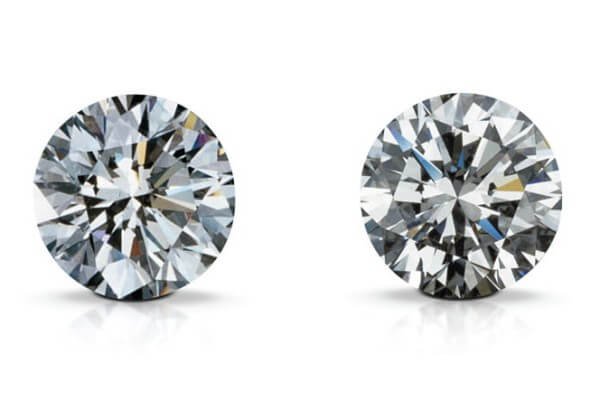Lab Grown Diamonds
China factory manufactures lab-grown diamonds and supplies wholesale VCD and HPHT diamonds with complete specifications and guaranteed quality. IGI certificate, GIA certificate.

wholesale lab grown Diamonds
Carat Weight: 0.1ct ~ 6ct ; Color: D , E , F . G , H , I , J ; Yellow, Pink, Blue;Clarity:VVS1 , VVS2 , VS1 , VS2 , SI1 , SI2;Cut: Excellent;Certificate: GIA, IGI, NGIC or NGTC
Melee stones 0.80-3.00mm: Usually comes in HPHT.
0.10-6.00ct: CVD Diamonds and HPHT Diamonds
Contact us for more details, or visit the FAQs.
What are lab grown diamonds
A synthetic diamond (also known as a lab created diamond, a cultured diamond, or a cultivated diamond) is a diamond produced by a controlled process, as contrasted with a natural diamond created by geological processes or an imitation diamond made of non-diamond material that appears similar to a diamond. Synthetic diamond is also widely known as HPHT diamond or CVD diamond, after the two common production methods (referring to the high-pressure high-temperature and chemical vapor deposition crystal formation methods, respectively). While the term synthetic may sometimes be associated by consumers with imitation products, synthetic diamonds are made of the same material as natural diamonds—pure carbon, crystallized in an isotropic 3D form. formation process is the main factor that distinguishes man-made diamonds from natural diamonds, which are identical to natural diamonds in chemical, optical and physical properties and crystal structure.


The history of lab grown diamonds
1950s: The advent of synthetic diamonds, which are produced using the High Pressure High Temperature (HPHT) method for industrial uses such as telecommunications and laser optics and as abrasive materials.
1970s: GE researchers create the first gem-quality synthetic diamond. They are clear enough and large enough to be used as gemstones in jewelry.
Mid-1980s: Manufacturers begin producing gem-quality synthetic diamond crystals on a commercial scale. At first, these lab-grown diamonds were almost always small and yellow or brown in color, but in later decades their quality continued to improve.
2000s: Diamonds are made using chemical vapor deposition (CVD), which requires lower pressures and temperatures than HPHT.
Mid-2010s: The jewelry market can supply colorless lab-grown diamonds on a commercial scale. HPHT and CVD remain the main production methods for synthetic diamonds.
How to identify lab grown diamonds
To the naked eye, lab-grown diamonds and natural diamonds look exactly the same. Typically, they can only be identified in a gem laboratory using specialized instruments. These instruments can detect trace elements and small differences in crystal growth to determine whether a diamond is synthetic or natural.


How are lab grown diamonds graded?
Lab-grown diamonds are still graded according to the diamond grading standards ( The 4Cs of diamond ), but the certificate will issue a lab-grown diamond certificate.This is different from loose moissanite gemstone, which is only graded with reference to the 4Cs of diamonds.
Advantages of Lab Grown Diamonds
Because of the high resemblance to those mined, people prefer them for a few reasons:
- They are less expensive. Though both are formed the same way, natural ones touch more hands hence more costs. It needs miners, distributors, retailers and more.
- Miners are exposed to a lot of risks as they work unlike those who make it in a lab. They may also be exploited through minimal wages or regional conflicts.
- These diamonds are environmentally friendly because mining of any resource leaves a negative impact on the environment. Synthetic diamonds on the other hand are made in a lab with very minimal effects on the environment. It does take less energy to create a diamond than to mine it.

